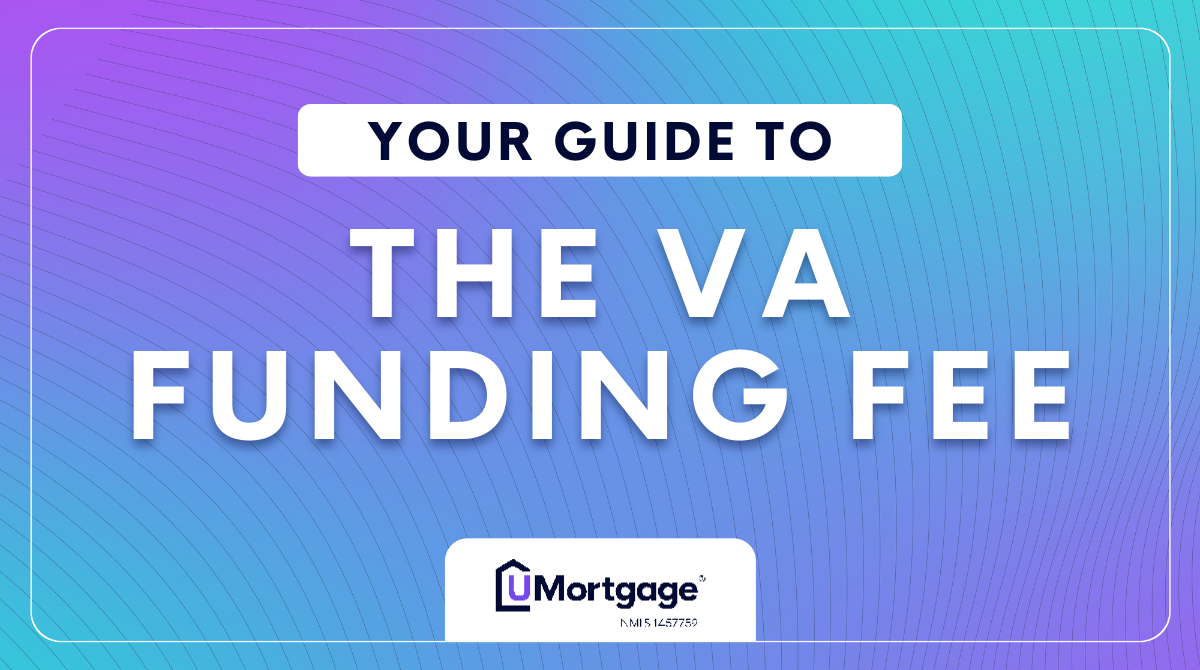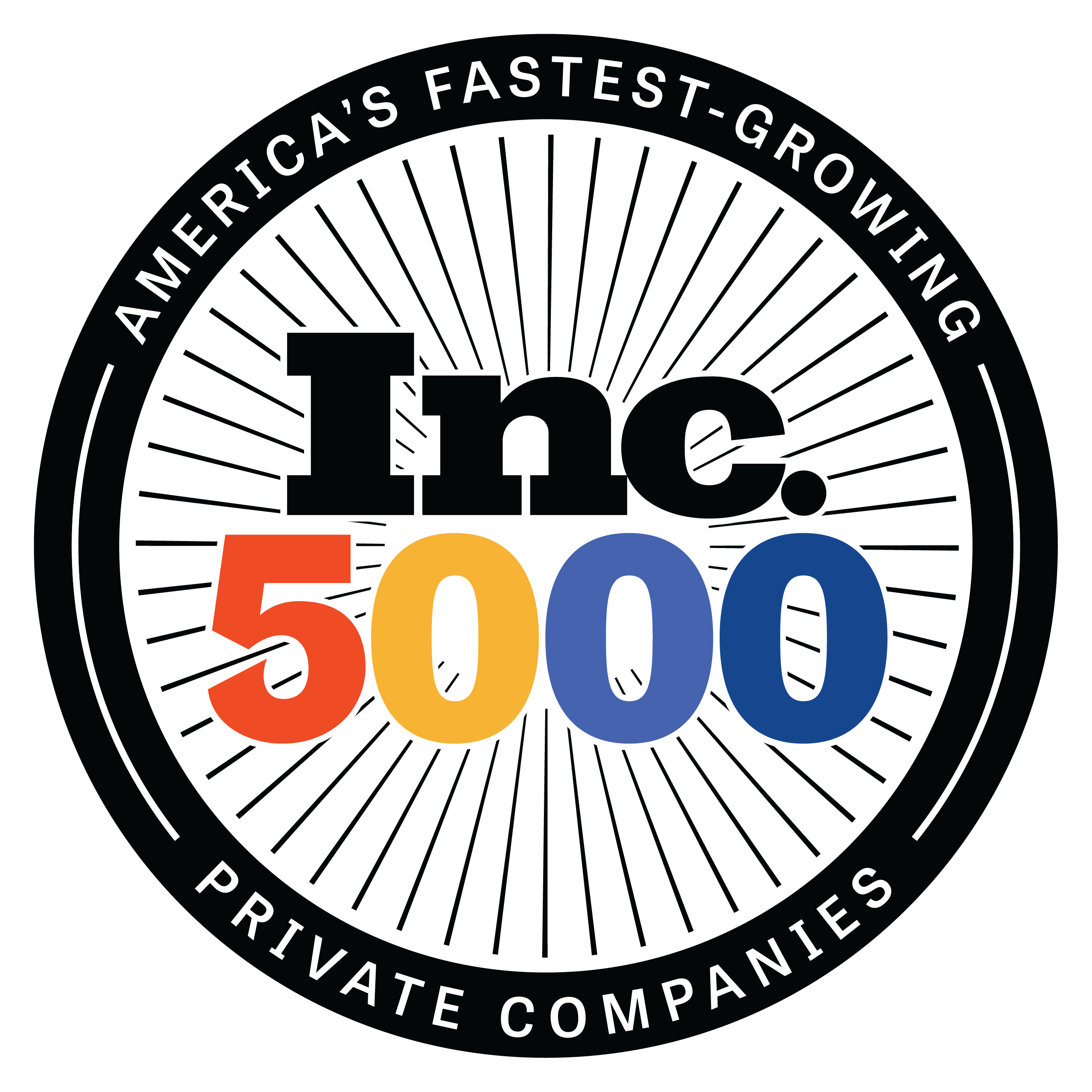The VA Funding Fee: What It Is and What You'll Pay in 2024
Published: July 8, 2024

The VA Funding Fee: What It Is and What You'll Pay in 2024
Home loans secured by the Department of Veteran Affairs, or as we prefer to call them, VA loans, are one of the best mortgage options available for prospective homebuyers. Alongside the myriad of benefits—which you can learn more about in this blog—are a few unique factors exclusive to VA loans.
One of the most notable is the VA funding fee. In this blog, we'll break down what the VA funding fee is, why it exists, the varying costs associated with it, and how you might be exempt from paying it.
What is the VA Funding Fee and Why Does It Exist?
The VA funding fee is a one-time payment required for most VA loans. The primary purpose of this fee is to offset the cost of the VA loan program to taxpayers and ensure that it remains sustainable for future generations of military homebuyers.
Here's why the VA funding fee is important:
Cost Offset: It helps cover the administrative costs and potential loan defaults associated with the VA loan program, thereby minimizing the financial burden on taxpayers.
Benefit Maintenance: By funding the program through these fees, the VA can continue to offer low-cost mortgages and other benefits to veterans without requiring significant federal funding.
Loan Accessibility: The VA funding fee allows the VA to offer loans with competitive interest rates, no down payment, and no private mortgage insurance (PMI), making homeownership more accessible for veterans and service members.
Cost May Vary With Your VA Funding Fee
The cost of the VA funding fee is not a one-size-fits-all amount; it varies based on several factors, including the type of loan, the borrower's military category, the down payment amount, and whether it's the borrower's first use of the VA loan benefit.
Here’s a breakdown of the VA funding fee for different scenarios:
No Down Payment:
First Use: 2.15% of the loan amount.
Subsequent use: 3.3% of the loan amount.
5% to 9.99% Down Payment:
First Use: 1.5% of the loan amount.
Subsequent Use: 1.5% of the loan amount.
10% or More Down Payment:
First Use: 1.25% of the loan amount.
Subsequent Use: 1.25% of the loan amount.
Cash-Out Refinance Loans:
First Use: 2.15% of the loan amount.
Subsequent Use: 3.3% of the loan amount.
Interest Rate Reduction Refinance Loan (IRRRL):
All Uses: 0.5% of the loan amount.
It's important to note that these percentages are based on the total loan amount and can be financed into the loan, meaning you don't have to pay the fee upfront out of pocket.
VA Funding Fee Exemptions
Not all veterans and service members are required to pay the VA funding fee. There are several exemptions available for those who meet certain criteria:
Disability Compensation: Veterans receiving VA disability compensation for a service-connected disability are exempt from paying the funding fee. This includes veterans who would be entitled to compensation if they were not receiving retirement or active duty pay.
Surviving Spouses: Surviving spouses of veterans who died in service or from a service-connected disability are exempt from the funding fee.
Purple Heart Recipients: Active-duty service members who have been awarded the Purple Heart are exempt from paying the funding fee, provided they close on their home while still serving on active duty.
Pre-Discharge Rating: Veterans who are in the process of receiving VA compensation for a service-connected disability may also qualify for an exemption if they receive a proposed or memorandum rating before the loan closing.
Loan Assumptions and IRRRLs: Loans assumed by another veteran are exempt from the fee, as well as certain IRRRLs under specific conditions.
The VA funding fee is a crucial component of the VA home loan program, designed to ensure its longevity and sustainability. While it represents an additional cost, it also enables the VA to offer favorable loan terms to veterans and service members.
Understanding the varying costs associated with the funding fee and the available exemptions can help you better navigate the VA loan process and make informed decisions about your home financing options.
